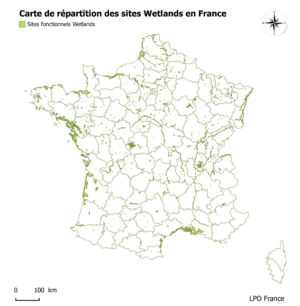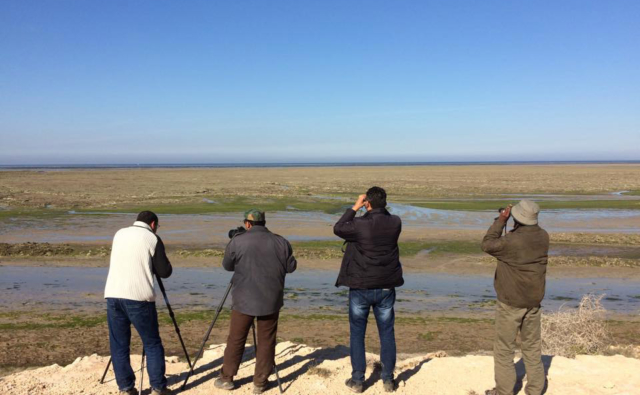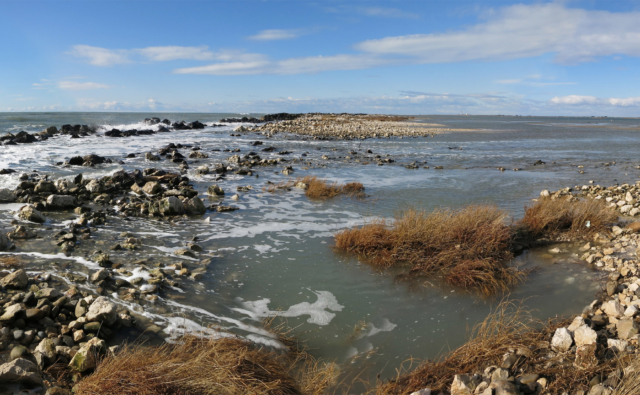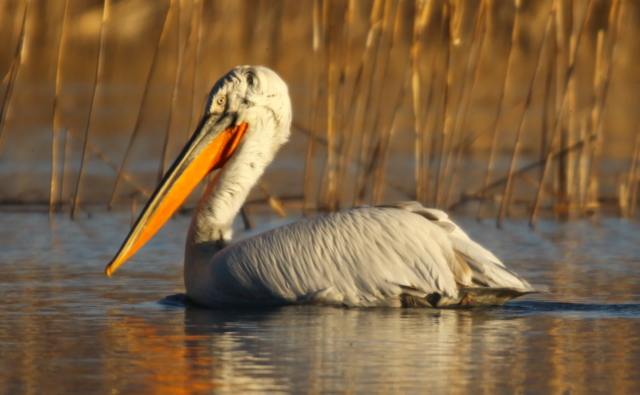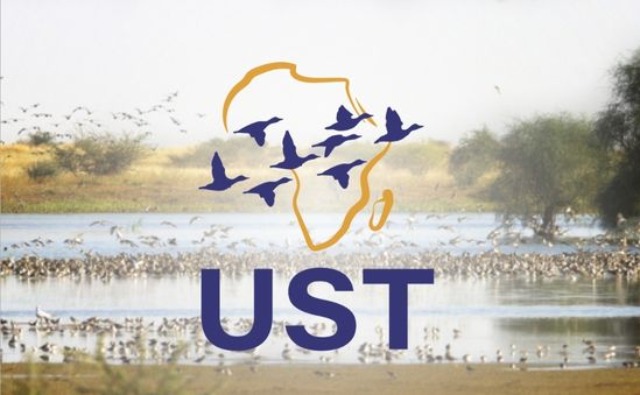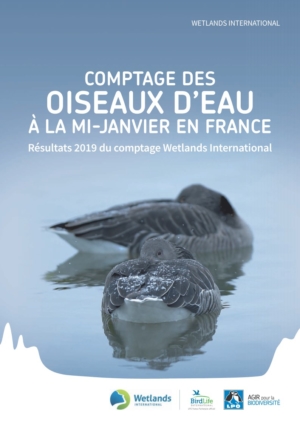
Coordinated in France by the French Bird Protection League (LPO) on behalf of Wetlands International at the international level, this census was first made in 1967 for ducks, geese, and swans (Anatidae) as well as coots, and then extended to include a larger number of species. It enables the status and trends of waterbird populations on the five continents to be assessed each year in a participative operation.
This census is always conducted around mid-January, the period during which the majority of waterbirds from the northern hemisphere are at their wintering sites, where their concentration facilitates the counting operation.
In France, by mid-January 2019, over 1,500 volunteer bird counters participated in the waterbird census in more than 500 wetlands throughout the country.
Some results
A total of 2,704,291 waterbirds were counted in this latest edition of the Wetlands International censuses in metropolitan France.
Over the long term (1967-2019), the number of waterbirds censed on French territory shows an overall positive trend (for 68% of species, stable for 13%), which nevertheless seems to be slowing down. Over the last ten years, 31% of species are increasing, 27% are stable and 20% are declining.
2019 is a record year for the Ardeidae, the Eurasian Spoonbill and the White Stork, whose populations are constantly increasing. Conversely, the recorded numbers of Sanderlings, Red Knot and RuddyTurnstone have been particularly low.
